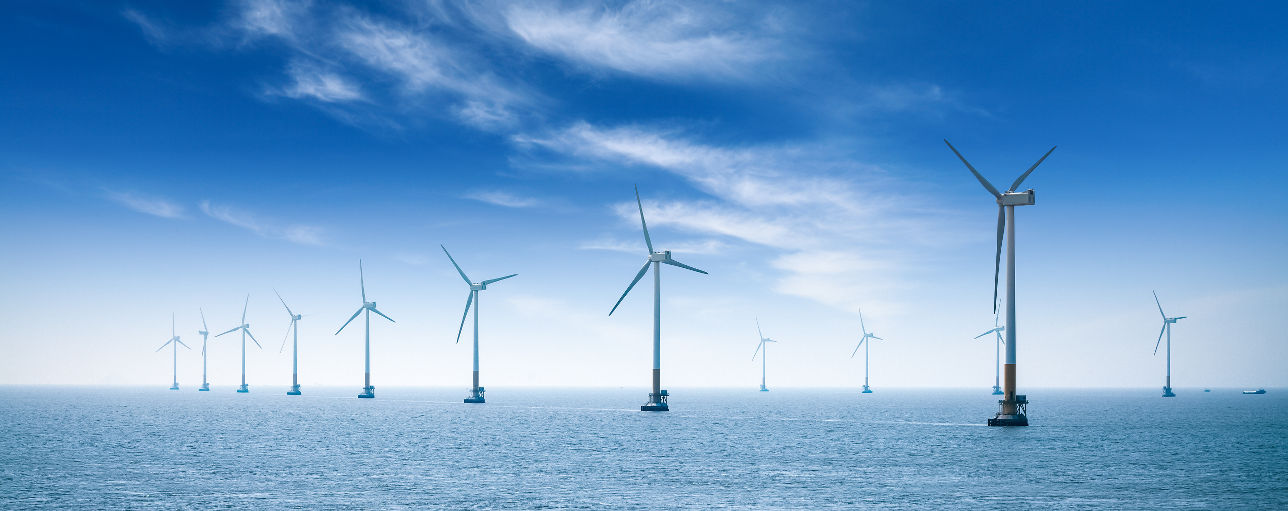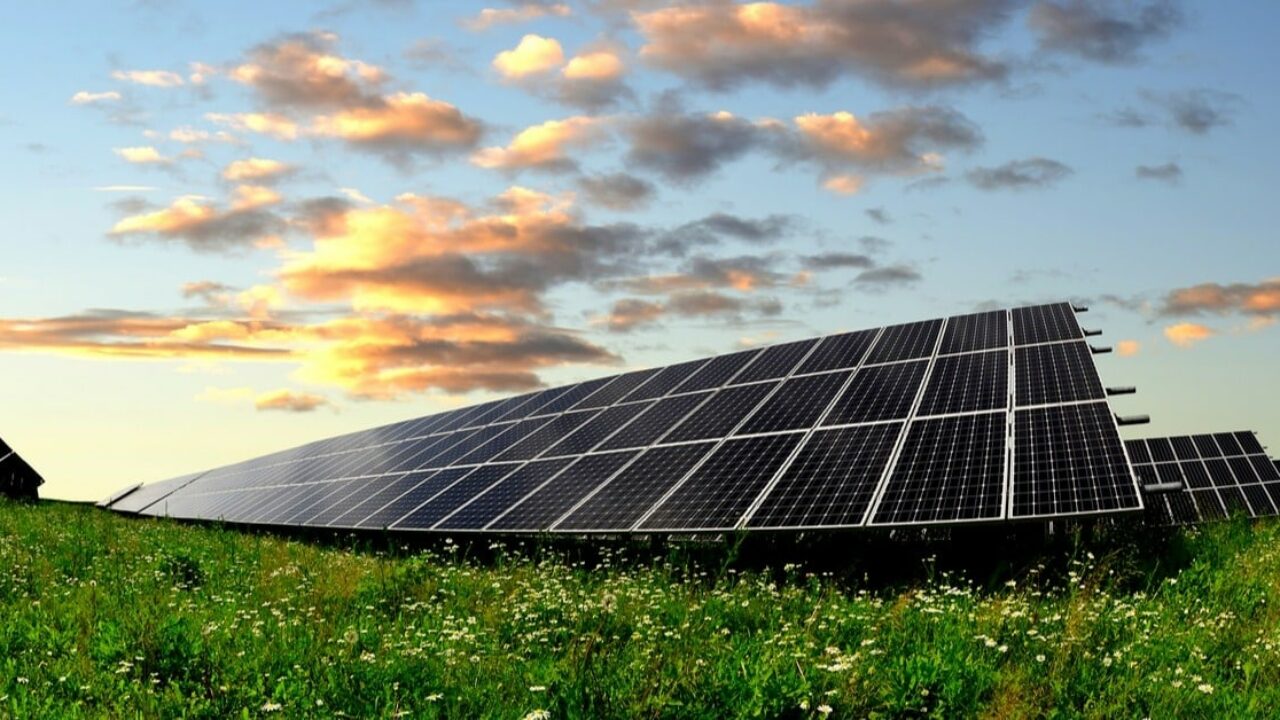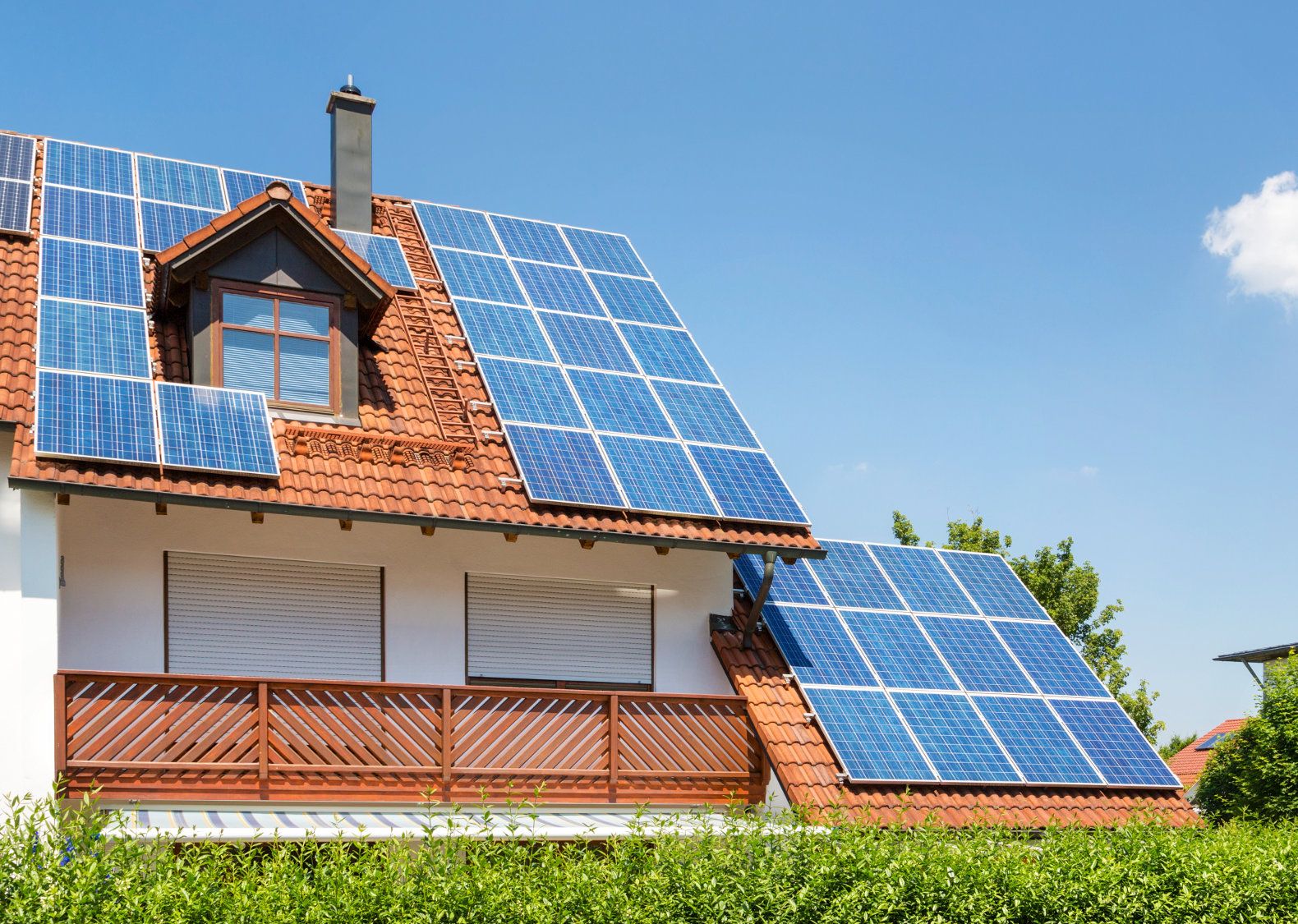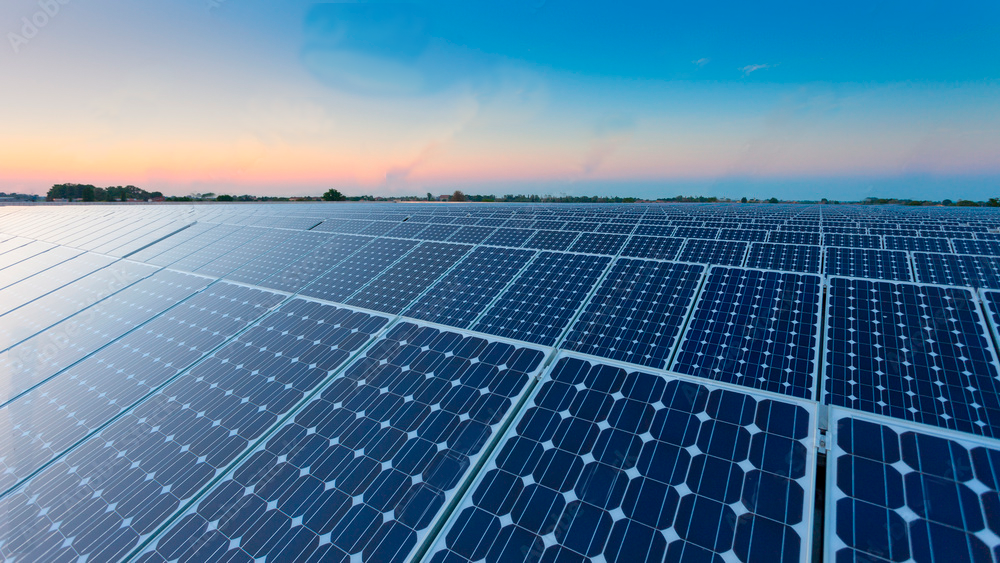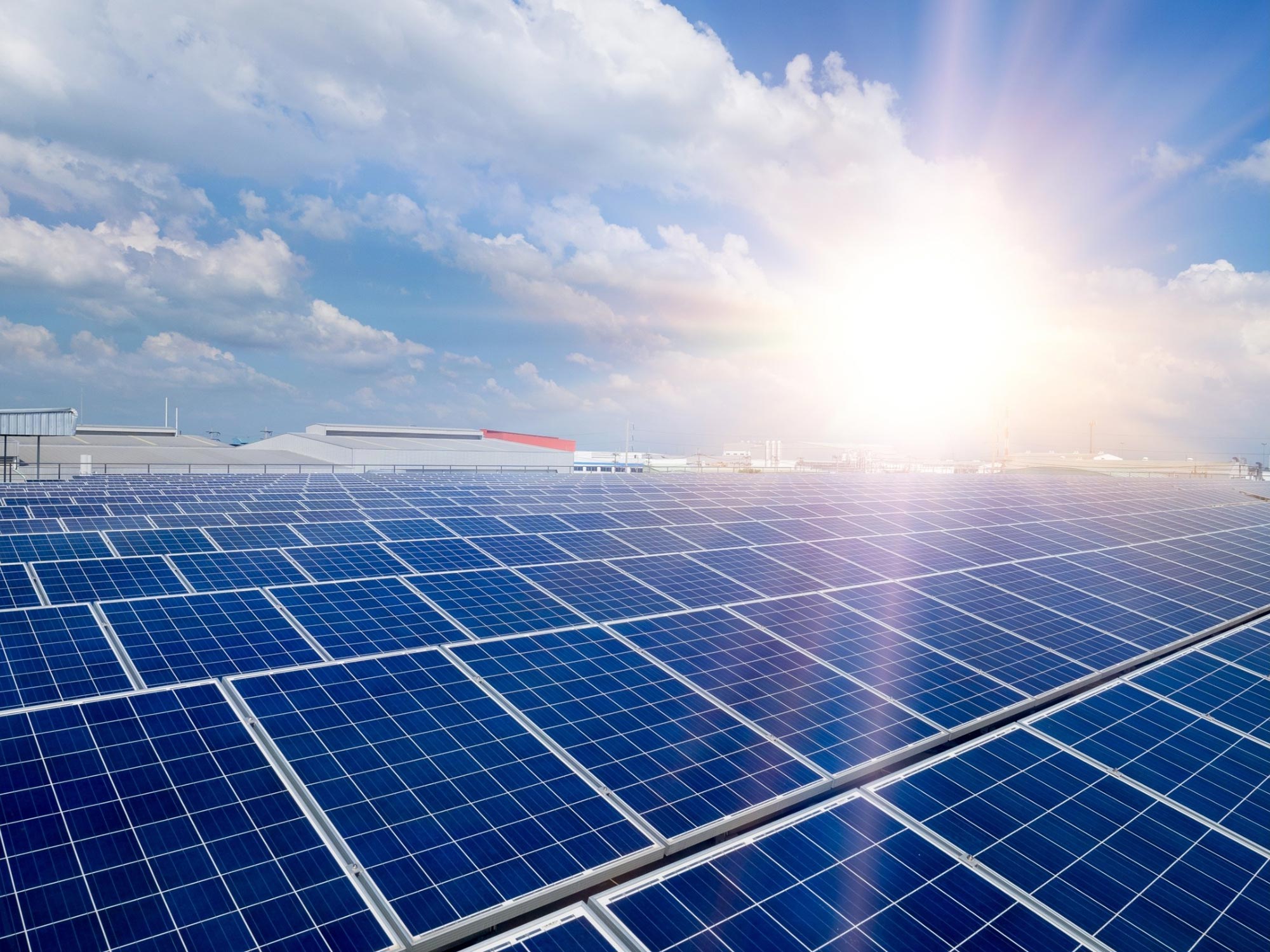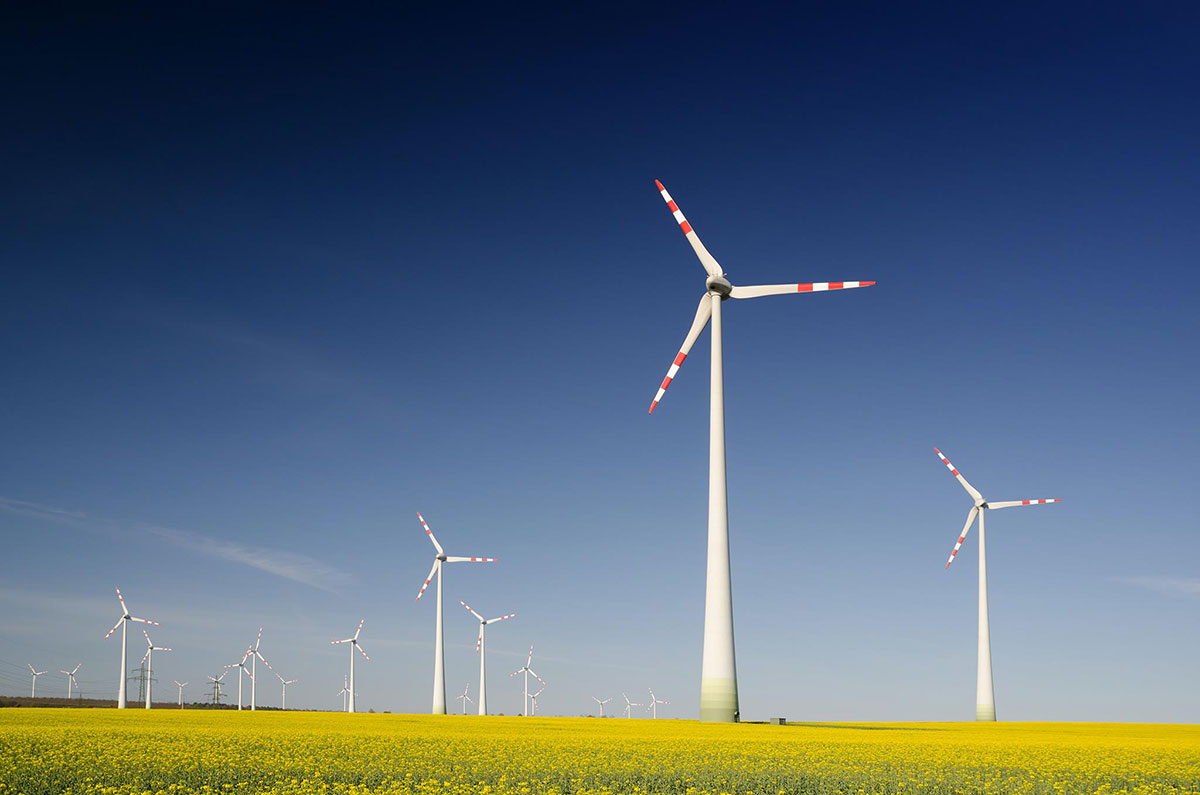Electric vehicles have a variety of environmental advantages. There are both direct and indirect effects.
Emissions and air quality
Plug-in electric vehicles can contribute to a cleaner environment in your local and around the world. In general, electric vehicles emit fewer greenhouse gases and contribute less to climate change and smog than conventional vehicles.
Vehicle emissions are divided into two categories: direct and life cycle.
Emissions through the tailpipe, and evaporation from the fuel system as well as the fueling process are all examples of direct emissions. Specifically, direct emissions include smog-forming pollutants (such as nitrogen oxides), other damaging pollutants to human health, and greenhouse gases (GHGs), principally carbon dioxide. An electric vehicle emits no direct emissions, which contributes to the improvement of air quality in cities. Meanwhile, plug-in hybrid electric vehicles (PHEVs) which contain a gasoline engine together with an electric motor may create evaporative emissions from the fuel system as well as tailpipe emissions. However, even while using gasoline, most PHEVs create fewer exhaust emissions than similar conventional vehicles which means that they are more efficient. It is proven that driving an electric vehicle produces much fewer emissions per kilometer than driving a gasoline or diesel vehicle. This is true even when considering the power plant’s emissions. Furthermore, electric vehicles (EVs) remove pollutants from the air, preventing pedestrians and bikers from inhaling harmful gases. Take an example of the amount of CO2 emission comparison:
| Electric vehicle | Petrol engine |
| CO2 60g/km | CO2 130g/km |
*Based on an average grid emission level and equivalent petrol engine
All emissions linked to fuel and vehicle production, processing, distribution, use, and recycling/disposal are included in the life cycle emissions. When petroleum is extracted from the ground, processed into gasoline, delivered to stations, and used in automobiles, for example, pollutants are produced. Life cycle emissions, like direct emissions, comprise a wide range of dangerous pollutants and GHGs.
All automobiles emit significant life cycle emissions, which are difficult to calculate. However, because most pollutants are lower for electricity generation than for burning gasoline or diesel, EVs typically emit fewer life cycle emissions than traditional vehicles. The precise amount of these pollutants is determined by your electrical mix, which changes depending on where you live. Electric vehicle owners can reduce their life cycle emissions even more by using electricity supplied from non-polluting renewable sources such as solar and wind.
Noise Pollution
Noise is a form of environmental pollution. The relative silence of an electric car allows us to reduce the amount of noise in our environment. Engine noise is greatly reduced, making our surroundings much more calm. However, if you’re concerned that EVs are too silent, EVs do generate a sound when traveling at low speeds for safety reasons.
Less oil, dirt, and parts replacement
Additional environmental advantages include the absence of engine oil and the low wear on EV brakes and tyres. Less tyre and brake wear means less dirt and dust. As a result, we won’t have to replace or recycle them as frequently.
Renewables and electricity system
Today’s electricity system is powered by a number of different sources. Some of these sources are more environmentally friendly than others. The batteries in an electric vehicle can help with the transition to renewable energy sources.
We can adapt our energy usage to the availability of renewable energy sources by merging communications with existing smart energy systems. The energy will be stored in the vehicle battery until we are ready to use it.
Charging at night means cleaner energy
During the night, overall energy demand is lower, and wind generation plays a larger role in the energy mix. Electric vehicles can assist increase the use of renewable energy by charging at night. This also serves as a buffer to keep the electricity grid stable.
Source: U.S. DOE: Office of Energy Efficiency & Renewable Energy
SEAI: Ireland’s national sustainable energy authority
https://www.seai.ie/technologies/electric-vehicles/why-drive-electric/the-environment/


























